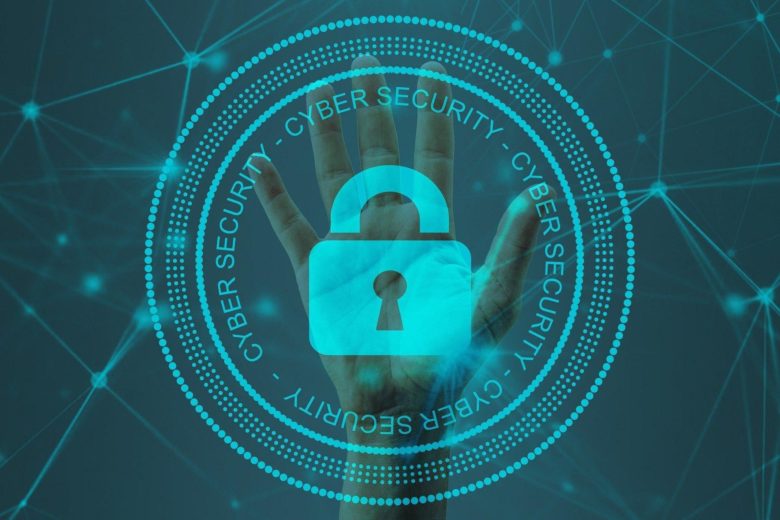More Internet users visit cybersecurity websites nowadays to learn more about hacking because of rising online threats. But understanding the stories can sometimes be challenging because of the unclear terminology. For example, did you know that a “computer virus” and “malware” aren’t the same things, even though some netizens use the terms interchangeably? So, let’s look at some common terms that may help you understand and enhance your cybersecurity.
1. Hacker
A hacker is any person who tries to compromise the security of digital devices or networks. However, not all hackers have malicious goals. While black hat hackers are motivated by personal gains, grey hat and white hat hackers try to improve system security. And the difference between grey hat and white hat hackers is that white hackers work in an official capacity, while grey hat hackers may not operate lawfully.
2. Computer Virus
A computer virus is one of the oldest types of malicious software. Computer viruses piggyback on files and corrupt data. They also require human interaction to activate.
3. Malware
The word malware is short for malicious software. It is a catch-all term that cybersecurity experts use to describe any program that tries to harm or breach a computer or network’s security.
4. Adware
Adware is a type of malware that generates advertising revenue through popup ads. Some types of adware may snoop on your online activity to help marketers target you through online ads. More dangerous malicious adware can install toolbars, plugins, extensions, and browser hijackers on your system.
5. Computer Worm
A computer worm can have many functions. It can corrupt files and folders like a PC virus, but it can also consume bandwidth. Some worms can drop other malicious software like rootkits or ransomware. Unlike a virus, a worm can spread without human interaction across computers and networks.
6. Ransomware
Hackers use ransomware to hijack files, folders, and systems in order to demand a ransom from their victims.
7. Spyware
Threat actors employ spyware to spy on victims by secretly capturing screenshots of their text messages and emails, recording them through their microphone or camera, or tracking them through their GPS. Spyware that logs keystrokes like usernames and passwords is called a keylogger, while spyware that helps stalkers and predators stalk their victims is called stalkerware.
8. Trojan Horse
A Trojan is a type of malware that hides behind an authentic-looking program to attack a user. For example, a Trojan may be hiding under a piece of accounting software to infect an organization. There are many different types of Trojans. Some Trojans steal usernames, passwords, and financial data, others drop ransomware, while others still create backdoors on computers.
9. Rootkit
Rootkits can be pretty dangerous as they give a cybercriminal rootkit control of your system. They’re also challenging to remediate and may require a system format.
10. Cryptojackers
With a cryptojacker, a hacker can secretly use your computer’s resources to perform the complex calculations required to mine cryptocurrency. A cryptojacking attack can drain your system resources and raise your electricity bill.
11. Malvertising
Malvertising is a malicious practice where cybercriminals inject malware into ads. Victims of malvertising download malicious software without their knowledge or consent.
12. Drive-by Downloads
Any type of unintentional download of malicious software is a drive-by download. You may not even have to click a link to activate the download — drive-by downloads can utilize software vulnerabilities to breach systems without user interaction.
13. Zero-Day Attack
Zero-day attacks breach system security by taking advantage of unpatched and unknown flaws in a system. When researchers discover a zero-day flaw, it’s no longer a zero-day.
14. Social Engineering Attack
A social engineering attack manipulates emotions like fear, greed, lust, and sadness to trick a victim. For example, such an attack may use fear to convince a victim or a group of individuals to install a security patch hiding ransomware.
15. Phishing
Phishing is a type of social engineering attack that employs fraudulent emails to trick victims into opening malicious attachments, links, or websites. Phishing attacks may also deceive users into sharing their sensitive information. When hackers tailor phishing attacks to target an individual, small group of individuals, or an organization, it’s called a spear-phishing attack.
16. Smishing
Smishing is like phishing, but the medium of attack is text messaging. Smishing texts can also carry malware or malicious links.
17. Pharming
Many people ask: “what is pharming?” nowadays because pharming is a relatively new type of cyberattack. In a nutshell, pharming redirects legitimate web traffic to malicious websites to help hackers steal sensitive information.
18. Antivirus Software
Antivirus software is a cybersecurity tool that stops and remediates computer viruses. Some modern antivirus software stops all types of malware, though, and not just legacy viruses.
19. Anti-Malware software
Anti-malware software is a cybersecurity tool that stops all types of malicious software, from viruses to ransomware. Many advanced antivirus tools are technically anti-malware software, but people mistakenly call them antivirus software.
20. Firewall
A firewall is a network barrier that tries to stop malicious traffic based on present rules. While a firewall is a good network security tool, many people nowadays also use private VPN software to encrypt their data and mask their location.
These twenty terms should help you advance your knowledge of cybersecurity. For more information, check out the latest cybersecurity news from your favorite publication.
Article by Born Realist






